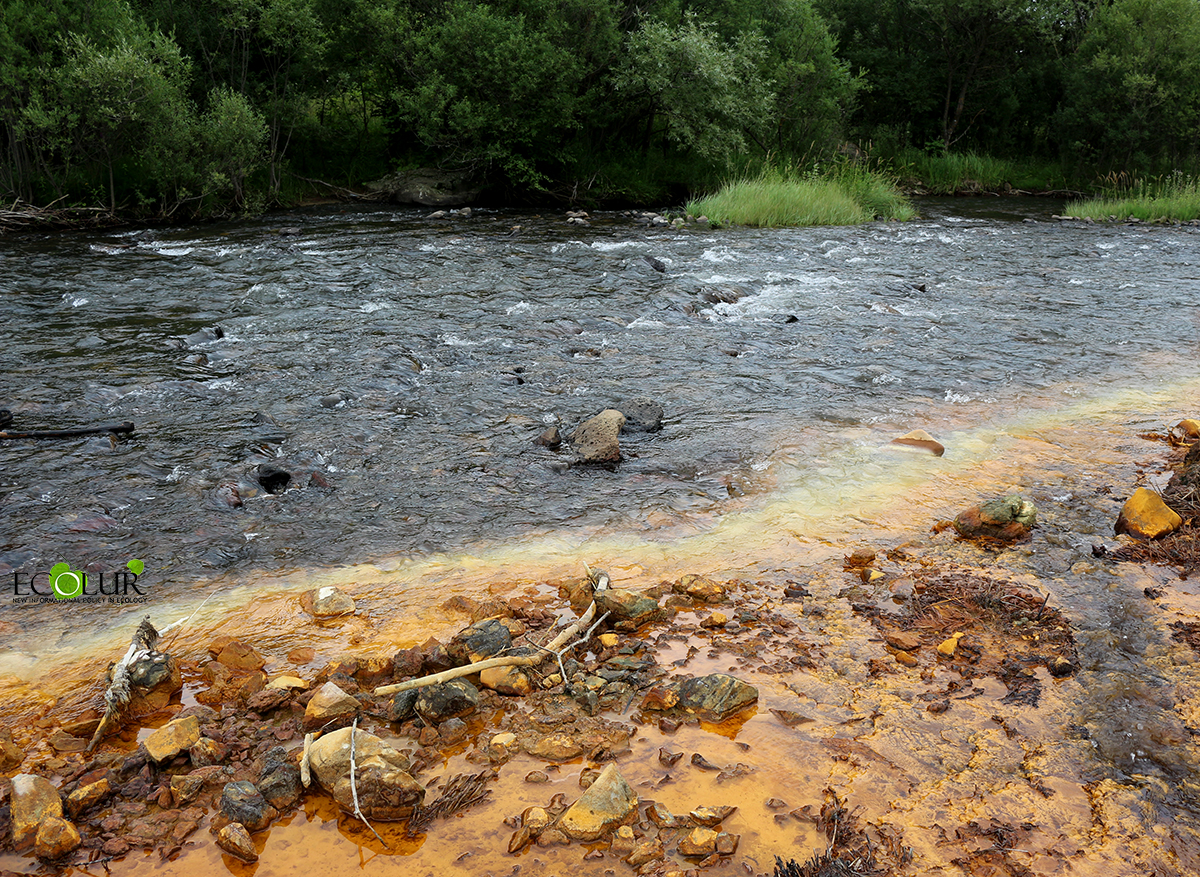

The Czech organization Arnika, focusing on chemical safety, together with the Armenian organizations Center for Community Mobilization and Support and the information NGO EcoLur presented the first results of research 2021 on the impact of the mining and metallurgical industries on human health and the environment. The results are based on analyzes of samples taken in the settlements of Urasar and Armanis from the extended Stepanavan community, which are affected by the Armanis polymetallic deposit and the industrial waste dump.
The Armanis gold-polymetallic deposit and the industrial waste dump are the infrastructure of the mining company CJSC Sagamar. Leaks from these objects spread freely in the environment, enter the Chknakh River, the fields and lands of the locals, are carried away by the wind and enter the households together with the dust. The results of the chemical content of house dust, soil and river sediments are already known.
The determined concentrations of heavy metals in soils were compared with the Armenian standards approved by the Decree of the Minister of Health of the Republic of Armenia of 25 January 2010 No. 01-N "On approval of hygienic rules and standards N 2.1.7.003-10 for hygienic requirements for soil quality. "
Arsenic (As). In all soil samples taken in Urasar and Armanis, arsenic concentrations are 3-8 times higher than the specified maximum permissible concentration (MPC) in the soil - 2 mg/kg. Arsenic was also detected in samples of river sediments taken in the Chknakh River in the Urasar area, where the concentration of arsenic reached 28 mg / kg, ie 14 times more than the standard
Chromium (Cr). In all soil samples in Armanis, chromium concentrations are more than 10 times higher than soil MPC - 6 mg / kg. "It is noteworthy that average chromium levels in soil and river sediments are on average 2 times higher than in previous chromium pollution research in 2018 in the Akhtala, Teghut and Alaverdi areas," commented Arnika project coordinator Valeriya Grechko .
Copper (Cu). High concentrations of copper were found in all soil, river sediment and dust samples taken in Urasar and Armanis. The copper concentration is more than 20 times higher than the MPC in soil - 3 mg / kg.
Cadmium (Cd) and molybdenum (Mo). The content of cadmium and molybdenum was determined in all samples taken. However, the extent to which the limit values are exceeded cannot still be assessed, as there is no benchmark in the Armenian Hygiene Regulation and therefore international standards need to be studied.
Nickel (Ni). High concentrations of nickel were found in all soil, river sediment and dust samples taken in Urasar and Armanis. Nickel concentrations are more than 10 times higher than the limit concentrations in the soil - 4 mg / kg.
Lead (Pb). The results showed variability in lead content in soil, river sediment and dust samples taken in Urasar and Armanis. Lead in soil exceeded MPC 1.5-3 times in 3 of 4 soil samples.
Zinc (Zn). The results showed high concentrations of zinc in soil, river sediment and dust samples taken in Urasar and Armanis, with MPC in the soil exceeding 23 mg / kg 10-20 times.
These metals were also found in concentrations close to the norm in biomaterials taken from local residents. The given metals are composed of the ore of the Armanis deposit, which becomes a source of pollution after the mining of gold, silver and other non-ferrous and precious metals.
"So another area has been identified in March Lori, where arsenic and other toxic elements are becoming a real threat to the people who live there, for their agricultural work and development," said Oleg Dulgaryan , director of the Center for Community Mobilization and Support .
The research is carried out by the Czech organization Arnika together with the NGO Center for Community Mobilization and Support and the information NGO EcoLur with the financial support of the Ministry of Foreign Affairs of the Czech Republic within the Transition Transformation Cooperation Program.









October 01, 2021 at 17:58
